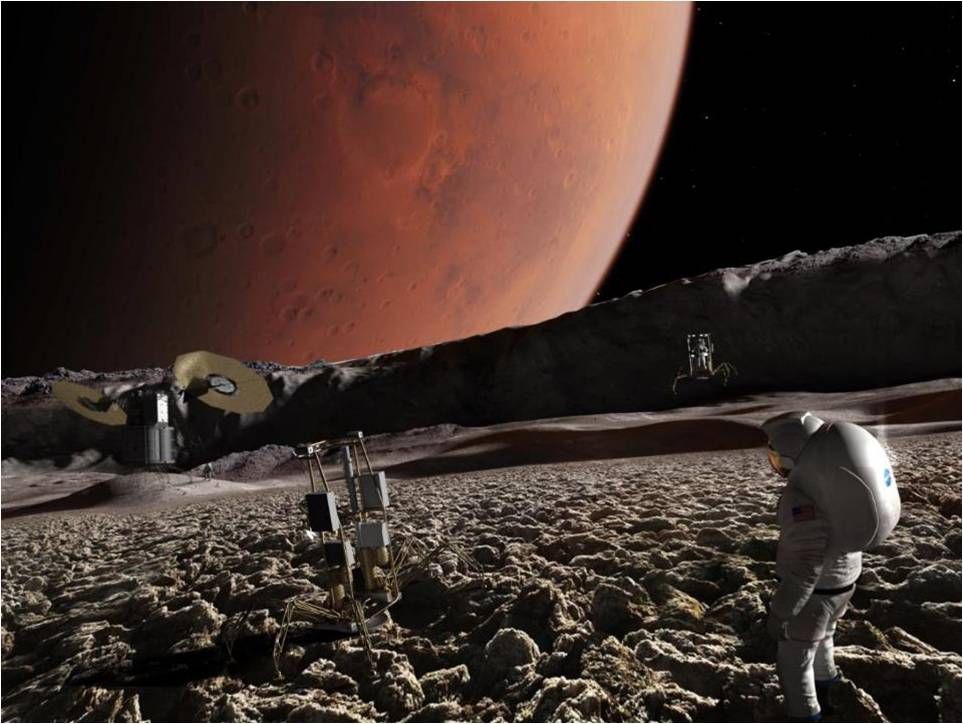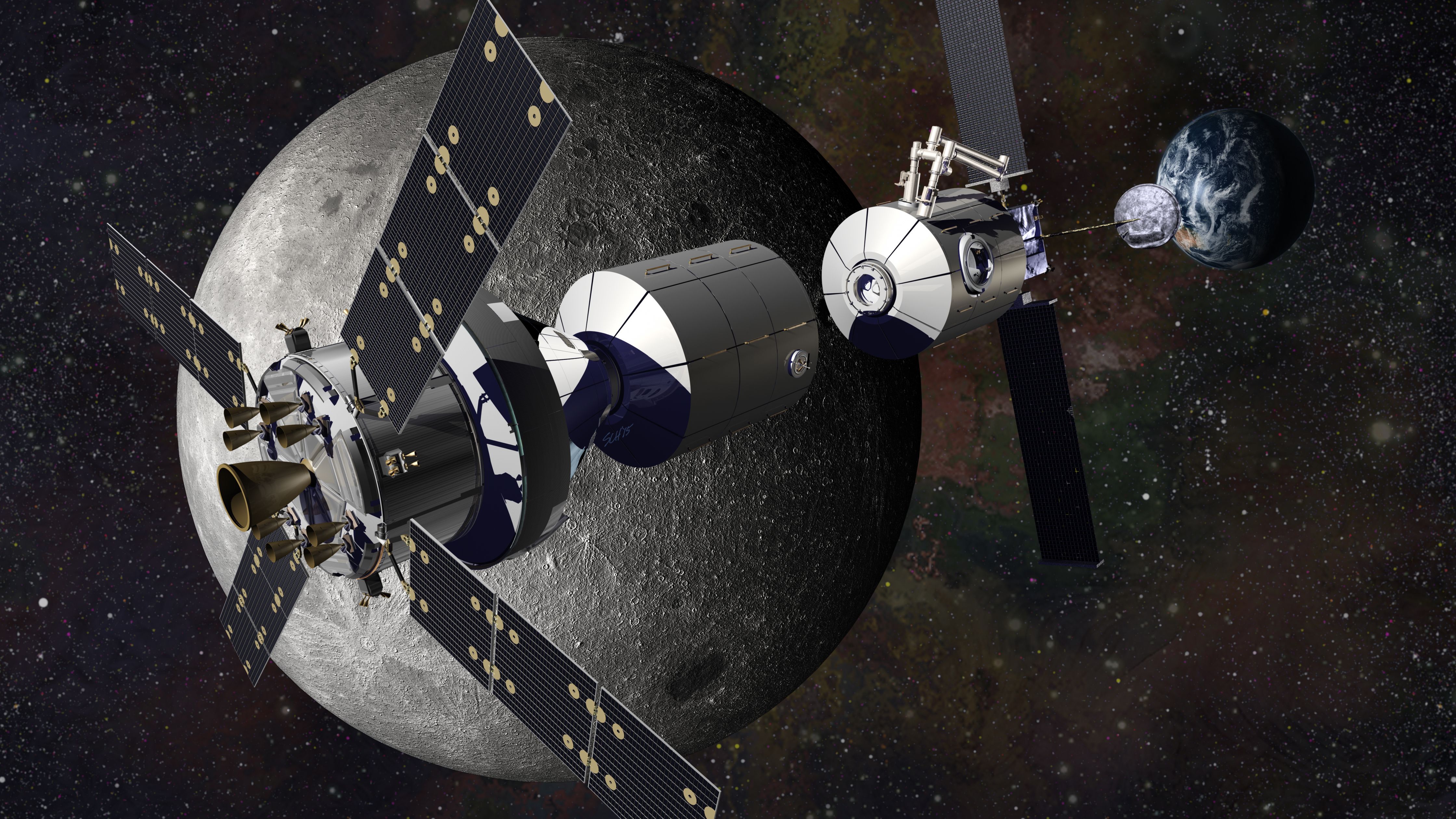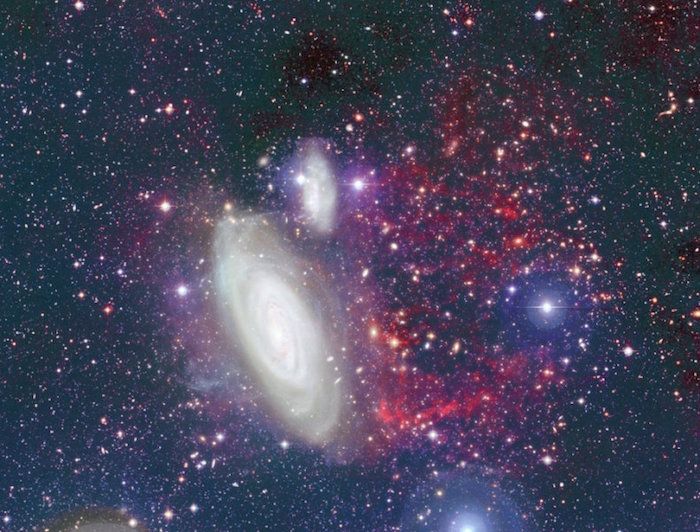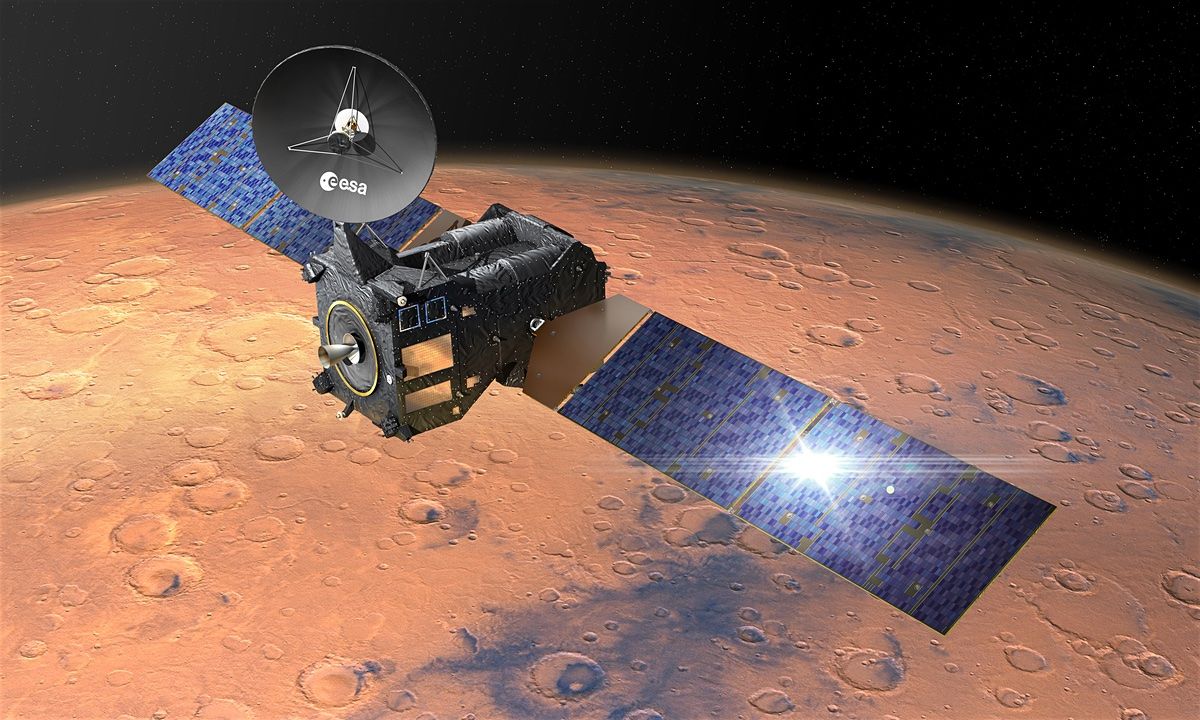Today at the California NanoSystems Institute/ UCLA in Los Angeles, California, the White House Office of Science and Technology Policy (OSTP) co-sponsored a look at humanity’s space future.



GOLDEN, Colo. — Researchers are mapping out how to build a human outpost in cislunar space — the region around Earth’s moon.
The ongoing work is expected to help plot out other deep-space trips, such as the journey to a near-Earth asteroid and the larger leap to distant Mars.
Under NASA’s Next Space Technologies for Exploration Partnerships (NextSTEP) Projects, scientists and engineers are examining how best to utilize NASA’s Orion deep-space crew capsule and future human habitats to set up a cislunar outpost. [Visions of Deep-Space Stations (Gallery)].


Astronomers have found an extraordinary trail of gas greater than 300,000 light years across originating from a nearby galaxy called NGC 4569, according to a report in Astronomy & Astrophysics.
The tail is comprised of hydrogen gas, the material new stars are born from, and is five times longer than the galaxy itself.
Poor, old Pluto. Once considered the ninth planet, it was demoted about a decade ago to “dwarf planet” status, meaning that it has different characteristics than the other major planets of our solar system.
Since then, several other dwarf planets about Pluto’s size or bigger have been discovered.
If all of these dwarf planets —and those yet to be seen — were classified as regular planets, we would have an ever-changing number of planets in our solar system. That would be unsettling to astronomers, so they decided Pluto would better fit into this new classification.

This story reminds me of the building of ancient pyramids in Egypt as well as the building of ancient temples and cities in Mexico and India.
China has relocated 9K people to build their new giant telescope — in 2000 years from now the robots and Ray Kurzweil (who plans never to die) will be looking at the ancient telescope. And, Ray (the grand earth historian) can tell them all about the process and the reason why it was built.
The Chinese government plans to relocate some 9,000 people to make space for the world’s largest radio telescope. Photo: ChinaPhotoPress.

NASA many applications for a shot at Space.
More than 18,300 people have applied for 14 or fewer spots in NASA’s next astronaut class, shattering the 1978 record of 8,000 applicants.

China has proposals for gravitational wave observatories drafted, but will the government approve them? How will they affect the country’s rank in space research?
The scientists at LIGO may be celebrating, but they’re about to have some stiff competition.
The People’s Republic of China now has three projects lined up to investigate gravitational waves as reported by the state media yesterday. These projects were decided upon just days after US scientists confirmed Einstein’s prediction.

The giant nose is going to Mars.
The ExoMars probe will seek evidence of methane gas, which is seen as a crucial signpost of life.
Crazy stuff!
“If you’re behind the moon and hear some weird noise on your radio, and you know you’re blocked from the Earth, then what could you possibly think?”